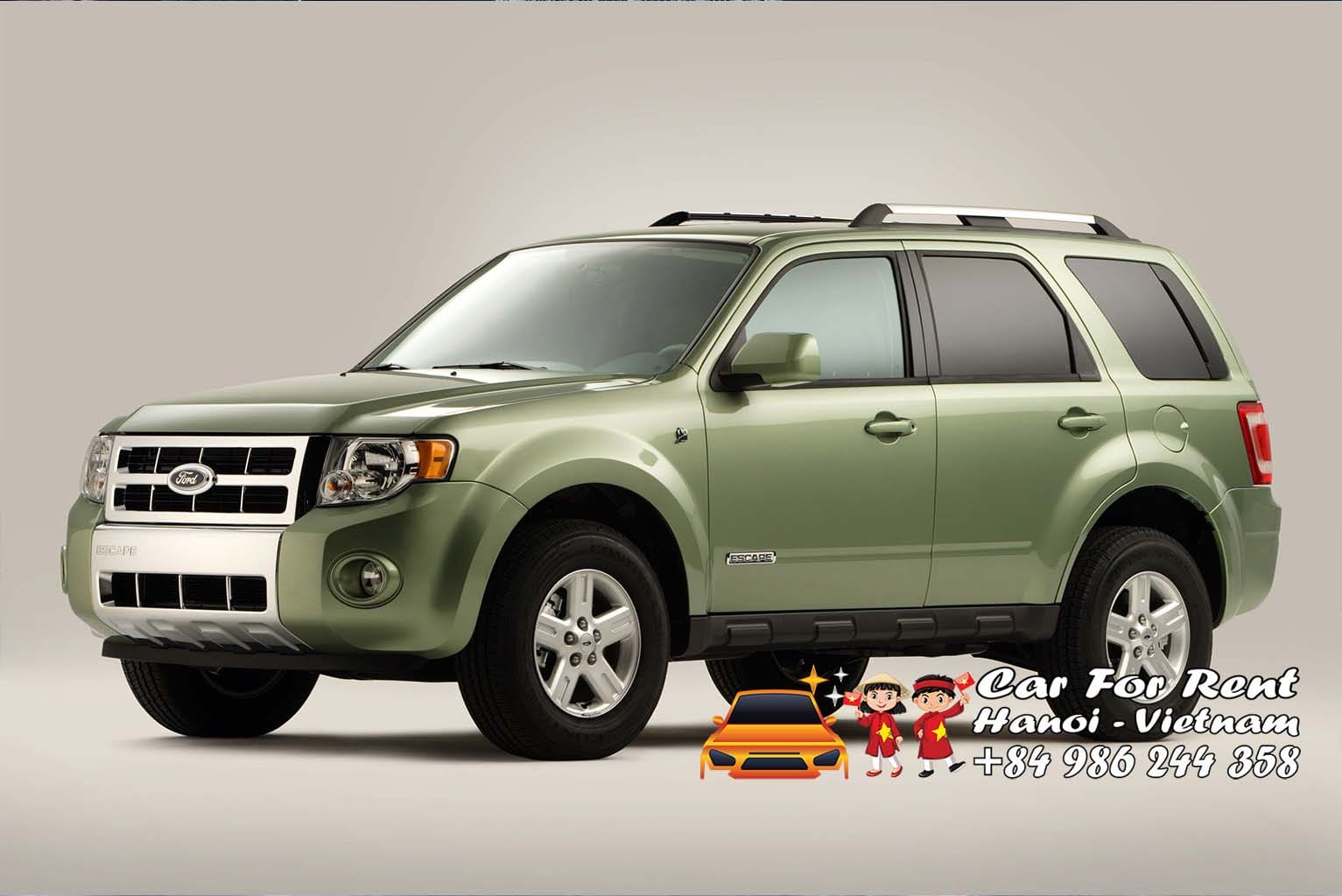hue vietnam travel Hue is a city that has a lot of stories to tell. It was the capital of the Nguyen Dynasty, the last royal family of Vietnam, from 1802 to 1945. It witnessed the rise and fall of emperors, the wars and revolutions, and the cultural and artistic achievements of a bygone era. Today, Hue is a UNESCO World Heritage Site, with many historical and cultural attractions that showcase its imperial legacy. But Hue is not only about the past. It is also a vibrant and modern city, with a charming old quarter, a lively nightlife, and a delicious cuisine. Hue is also surrounded by beautiful nature, with the Perfume River flowing through it and the mountains and forests nearby. In this blog post, we will give you some tips on how to plan your Hue Vietnam travel, what to see and do, and when to go.
What to See and Do in Hue hue vietnam travel
Hue has a lot of things to see and do, but the main attraction is the Hue Citadel, or the Imperial City. This is a huge complex of palaces, temples, walls, and gates that was the seat of power and the home of the Nguyen emperors. You can spend hours exploring the different buildings and learning about their history and architecture. Some of the highlights are:
- The Ngo Mon Gate: This is the main entrance to the Imperial City, with a yellow door that was reserved for the emperor. On top of the gate is a pavilion where the emperor would watch ceremonies and parades. hue vietnam travel
- The Thai Hoa Palace: This is the throne hall where the emperor would receive guests and hold official events. It has a magnificent wooden structure with lacquered columns and panels. hue vietnam travel
- The To Mieu Temple Complex: This is a group of temples dedicated to the Nguyen emperors and their ancestors. It has a striking three-tiered gate and nine dynastic urns made of bronze. hue vietnam travel
- The Forbidden Purple City: This is the innermost and most sacred part of the Imperial City, where the emperor and his family lived. It was heavily damaged during the wars, but some buildings have been restored, such as the Thai Binh Reading Pavilion and the Dien Tho Residence. hue vietnam travel

Besides the Hue Citadel, there are other attractions in Hue that you should not miss, such as:
- The Thien Mu Pagoda: This is the oldest and most iconic pagoda in Hue, located on a hill overlooking the Perfume River. It has a seven-story tower that is a symbol of the city. It also has a beautiful garden and a museum that displays some historical relics, such as the car of a monk who self-immolated in protest of the South Vietnamese regime in 1963. hue vietnam travel
- The Tomb of Khai Dinh: This is one of the most impressive and elaborate tombs of the Nguyen emperors, located on a hillside about 10 km from Hue. It was built by Emperor Khai Dinh, who was influenced by French and European styles. It has a mix of Vietnamese and Western elements, with a stone staircase, a statue of the emperor, and a mosaic-covered interior. hue vietnam travel
- The Tomb of Tu Duc: This is another remarkable tomb of the Nguyen emperors, located in a tranquil setting about 8 km from Hue. It was built by Emperor Tu Duc, who used it as his retreat and his burial place. It has a lake, a pavilion, a theater, and a temple, all surrounded by pine trees and flowers. hue vietnam travel
- The Perfume River: This is the river that flows through Hue, giving it its charm and character. You can take a boat ride along the river, enjoying the scenery and the breeze. You can also stop at some of the attractions along the way, such as the Hon Chen Temple, the Minh Mang Tomb, and the Thanh Toan Bridge. hue vietnam travel
When to Go to Hue
Hue has a tropical monsoon climate, with four seasons: spring (February to April), summer (May to August), autumn (September to November), and winter (December to January). The best time to go to Hue depends on your preferences and expectations, but here are some general guidelines:
- Spring: This is a pleasant time to visit Hue, as the weather is mild and dry, with temperatures ranging from 18°C to 28°C. The flowers are blooming and the festivals are happening, such as the Hue Festival (every two years in April) and the Hue Traditional Craft Festival (every year in April or May). hue vietnam travel
- Summer: This is the peak tourist season in Hue, as the weather is hot and sunny, with temperatures ranging from 25°C to 35°C. The beaches are crowded and the prices are higher, but you can enjoy some of the best water activities and seafood in Hue. You should also be prepared for some rain and storms, as this is the start of the rainy season.
- Autumn: This is a good time to visit Hue, as the weather is cool and wet, with temperatures ranging from 20°C to 30°C. The rain can be heavy and frequent, but it also creates a romantic and atmospheric mood in Hue. The crowds are fewer and the prices are lower, but you should also check the weather forecast and pack accordingly. hue vietnam travel
- Winter: This is the coldest and driest time in Hue, with temperatures ranging from 15°C to 22°C. The north of Hue can be chilly and foggy, while the south of Hue can be sunny and warm. This is a good time to visit the city and the historical sites, but not so much for the beach and the nature.

Contact us:
Car For Rent Hanoi VietNam
https://zalo.me/0986244358
Conclusion
Hue is a city that has a lot to offer for travelers who are interested in history, culture, and nature. It is a city that combines the old and the new, the traditional and the modern, the peaceful and the lively. It is a city that will captivate you with its stories and charm. We hope this blog post has helped you plan your Hue Vietnam travel and what to see and do. Have a great time in Hue!












